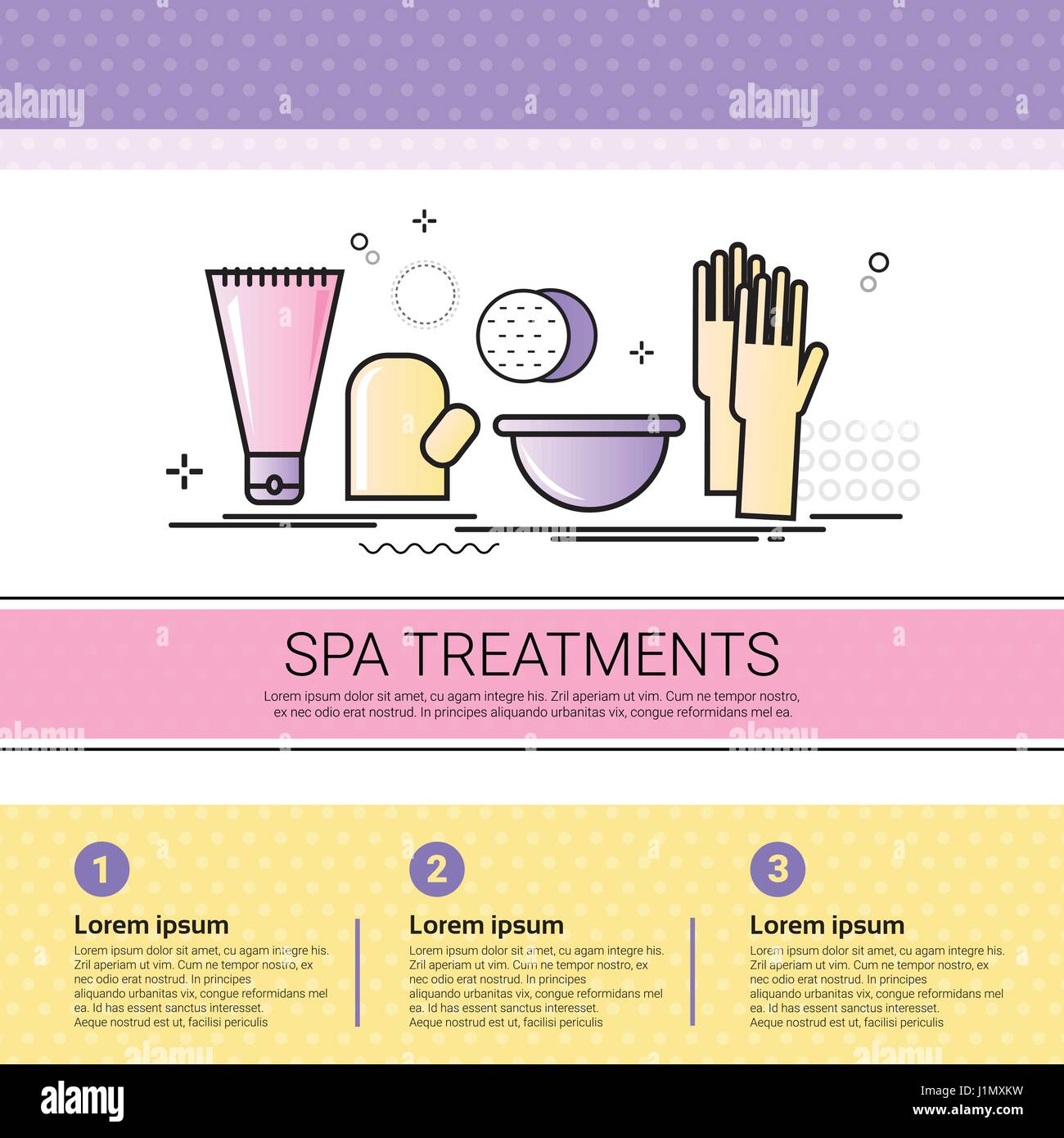Professional athletes are regularly searching for the following edge to increase efficiency. Massage is among the most effective tools offered to attain this objective.
The best strategies can decrease muscle mass rigidity, aid healing and aid athletes train harder. Discover just how to use sports massage therapy as a part of your athlete's general training and healing approach.
Foam Roller
Using body weight to apply pressure to muscle mass and "knots" (or cause factors), foam rolling is a self-myofascial release technique that's a low-cost alternative to seeing a sporting activities massage therapy therapist. This self-massage device can help to minimize muscle tightness and pain, as well as accelerate recuperation after extreme exercise.
Foam rollers are cylindrical devices that range in size, form and foam thickness. They're a preferred addition to training and recovery regimens of athletes, weightlifters, joggers, bikers, swimmers and various other fitness lovers.
Envision your initial sports massage client is a competitive swimmer. They will contend for their long-lasting desire for going to the Olympics. They concern you with discrepancies and muscular tissue rigidity triggered by intense training. Your expertise and ability are going to be crucial in helping them reach their goals. Offering a terrific experience will certainly maintain them coming back and help you build your company. Ideally, you must have the ability to supply them with details strategies customized for their sport.
Deep Tissue Massage
In a sport that requires rapid responses and precise movements, having strong joints and muscles is important. When these are tight, they can hinder motion and boost threat of injury.
Deep cells massage therapy can help improve muscle mass function and range of motion, break up bonds or mark cells, and lower discomfort by raising oxygen and nutrients in the area. It can also help alleviate tension and tension in the muscle mass, which may reduce general discomfort.
For instance, a study of a sports massage on the forearms of a pickleball player showed enhanced hold stamina and reduced forearm discomfort, which consequently caused better efficiency. However, the athlete should constantly remain in interaction with the specialist to make certain that the massage therapy is not excruciating. The specialist will certainly change the pressure and technique as required to maintain the professional athlete secure, comfy and in ideal condition for sports performance. They ought to likewise be motivated to moisten and consume well after the massage therapy to promote healing.
Trigger Point Therapy
Trigger points are knots of tight, tense muscle cells. They create discomfort in the areas where they lie and likewise limit the range of motion of bordering muscular tissues. Trigger factor treatment applies manual pressure to the trigger factors in order to open them and alleviate tension. This is accomplished via myofascial launch. Fascia is a sheath-like, fibrous tissue that encases musculoskeletal frameworks. It is usually flexible and versatile, yet with anxiety, injury, poor pose, and lack of hydration and rest, the fascia can tense and restrict activity.
Over 80% of individuals will experience the same pattern of pain reference from a solitary trigger point, so it is easy for a massage therapy specialist to identify exactly which muscles require therapy. The goal is to work up to the point where the muscular tissue begins to jerk and release the tension, yet not overdo it so as not to trigger unnecessary discomfort. The intensity should be a "excellent pain." During the therapy, the massage therapy therapist might utilize their fingers and thumbs to feel the trigger points.
Scrambling
Jostling is a massage strategy in which the muscle mass is grasped at the point of origin and drunk gently. It loosens up the muscle mass and it is claimed to lower the stretch response.
Jostling and various other rubbing techniques are made use of to break down bonds in muscle cells. These adhesions take place as a result of muscle mass fibers sticking together throughout the inflammatory recovery process and they can protect against muscle mass from contracting usually. By reducing bonds and enhancing adaptability, sports massage therapy helps professional athletes perform at peak degree and stay injury cost-free.
The physiological impacts of sporting activities massage consist of increased temperature level, improved flow and boosted muscle recuperation and versatility. This mix of benefits makes sporting activities massage therapy an integral part of any kind of athlete's training and healing program. It helps them prepare for a competitors or a big occasion, help in the healing after an sports massage gift cards occasion and improves efficiency during training. Preferably, sporting activities massage need to be done at least a day or 2 before a large race to ensure that the muscle mass are totally healed and all set to go.
